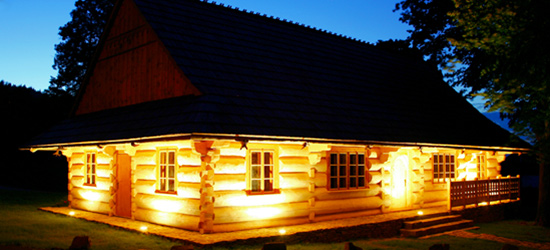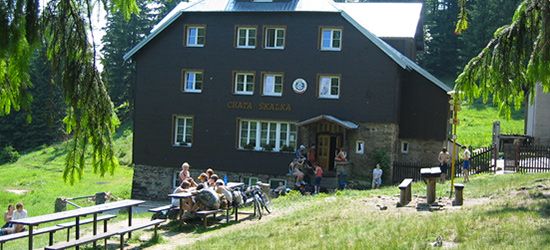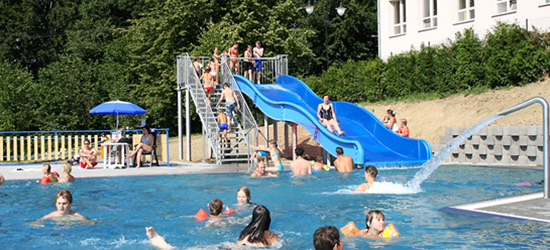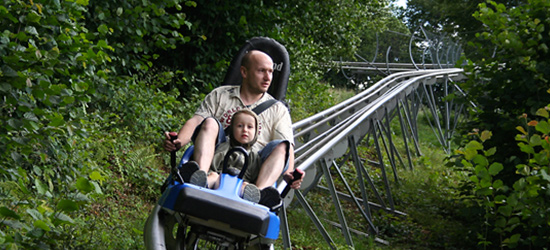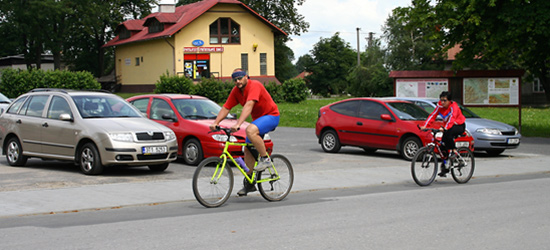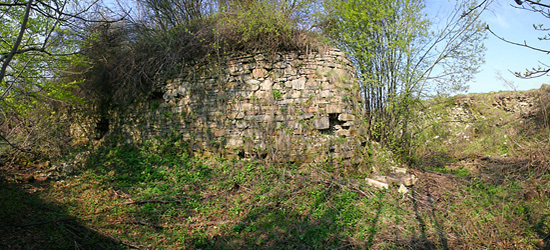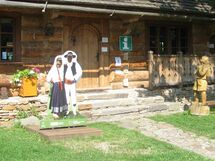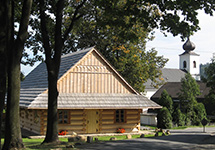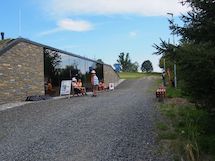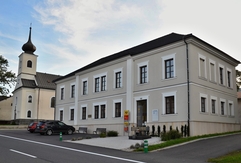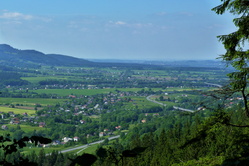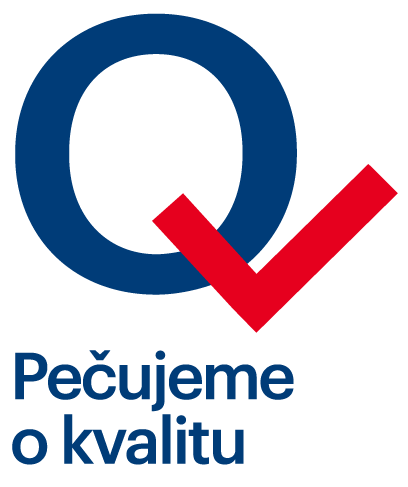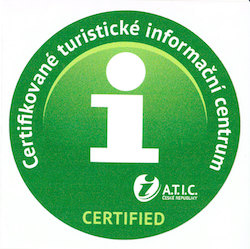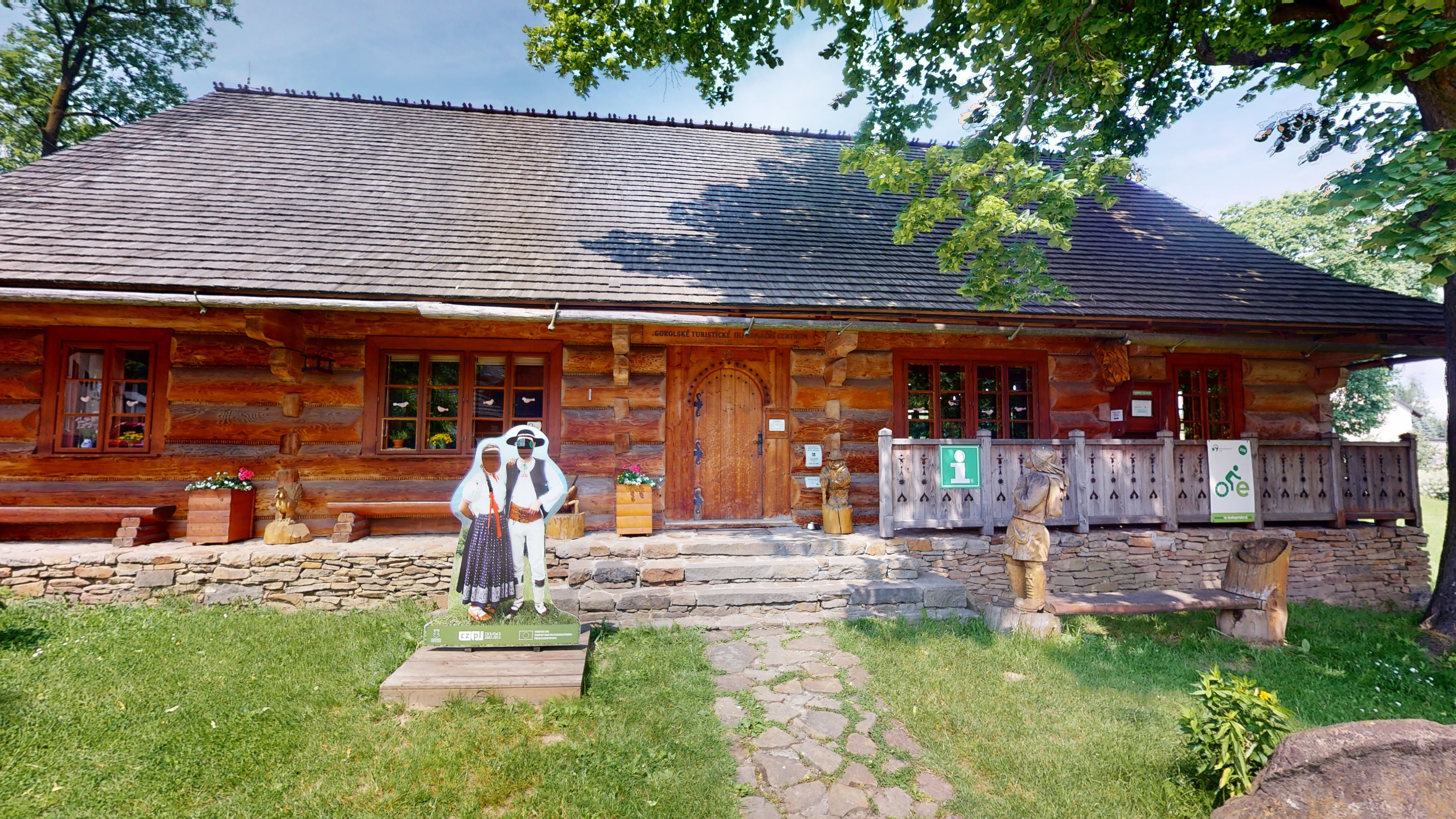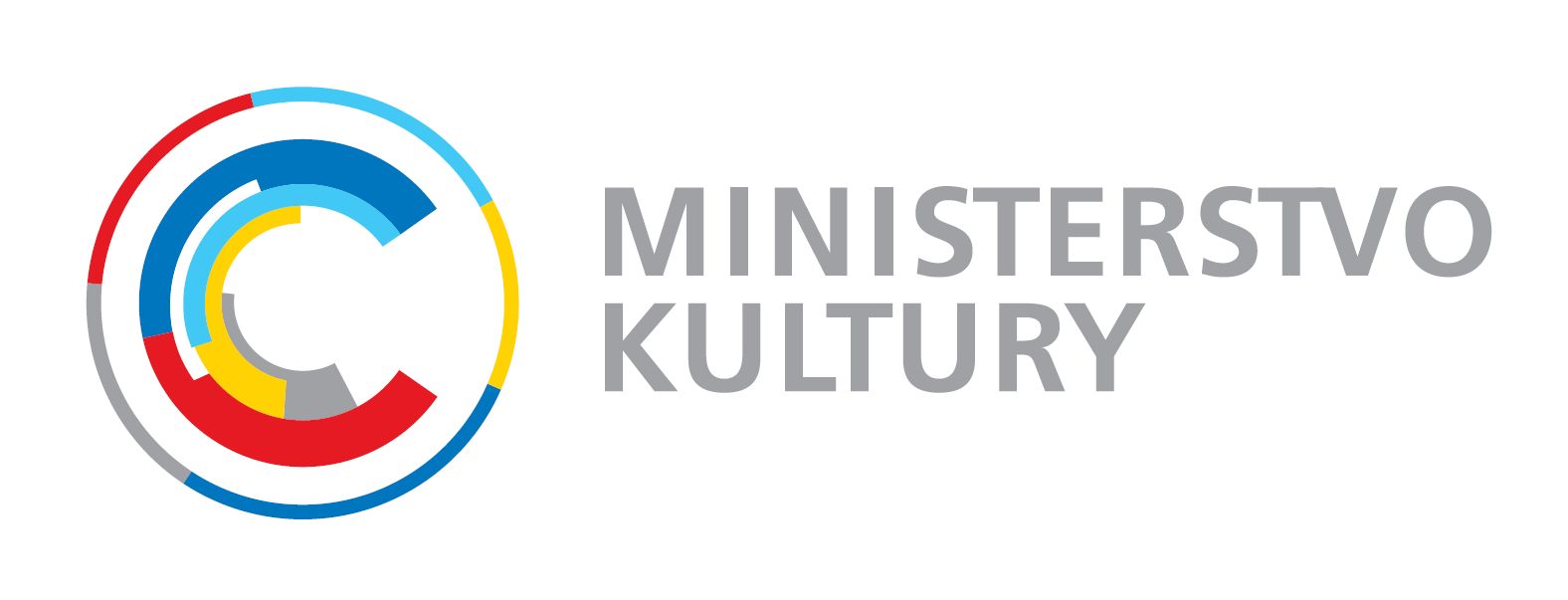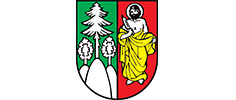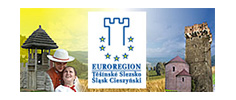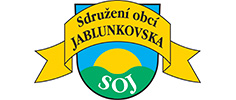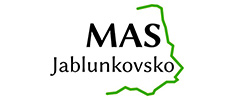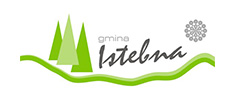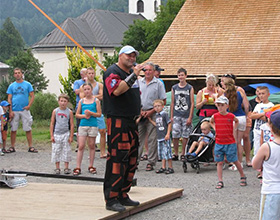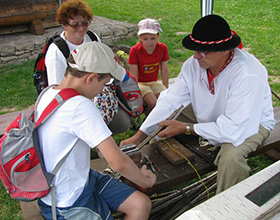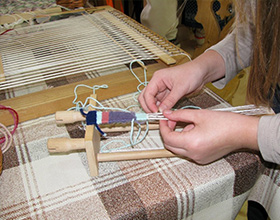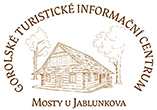Jablunkov’s ‘Šance’ fortifications
The history of Jablunkov’s ‘Šance’ fortifications
The Jablunkov pass is the lowest-lying point at which the Beskydy ridge can be crossed, and provides the easiest north-south route across the mountains. A trade route has passed through the Beskydy range at this point since prehistoric times.
Originally known as the ‘amber route’ (as it served to transport amber from the Baltic Sea to central and southern Europe), in the Middle Ages it became known as the ‘copper route’, as copper ore was mined in Slovakia and transported via the Jablunkov pass to the city of Wroclaw (Breslau) and points further west. It later became a popular route for Silesian traders – but also for armies on their way to conquer enemy territories.
The fortifications (known as ‘Šance’) at Jablunkov were built after the battle of Mohács in 1526, where King Louis II of Bohemia and Hungary (a member of the Jagiellon dynasty) was killed and the territory of Těšín fell to the Austrian Habsburgs. The battle marked the beginnings of Turkish expansion into Central Europe.
The earliest written mention of fortifications known as the ‘Old Šance’ dates from 13 January 1578, in a document written by the Duke of Těšín Wenceslas III Adam. Remains of these early fortifications can still be seen near the village of Svrčinovec. The ‘New Šance’ were built in 1621, and at first the fortifications were manned by imperial mercenaries hired in Naples. However, their treatment of the local population was so barbaric that they had to be replaced by recruits from local villages.
These locals were mainly mountain-dwellers from the Mosty region. Although they were hired mercenaries, they rarely received any wages. Unfortunately, it was the area’s civilian population who suffered the consequences of this, as the mercenaries would periodically go on looting sprees through the local countryside.
In the 1640s, smaller fortifications were built at Hrčava and in the Polish village of Koniaków, linked to the main fortifications at Mosty by lines of entrenchments.
The fortifications were reconstructed several times over the centuries. Important changes were made in 1663, when the region was facing attack from Turkish and Tartar invaders. These alterations took less than 100 days, and introduced the typical star-shaped layout of the fortifications. After the battle of Vienna in 1683, when the Turkish armies were finally crushed, the Jablunkov fortifications lost some of their former military significance.
The last major reconstruction of the ‘Šance’ fortifications took place in 1724–1729, and they have remained essentially unchanged to this day. During the Prussian-Austrian wars of 1740–1763 they were captured several times by Prussian forces, who were not only technically superior to the Austrians but also displayed iron discipline. However, the area was far away from the nucleus of the fighting, so the Prussian armies never stayed here for long.
After 1848 it was decided that the ‘Šance’ were obsolete, and the fortifications were declared no longer fit for military use. In 1890 the town of Mosty u Jablunkova bought the entire site for 800 Rhinegold coins. The fortifications gradually became derelict; people used the masonry as building material for houses and the reconstruction of a local chapel in 1889. Today there are plans to restore the fortifications and open them to tourists.
Life at the fortifications
The Šance fortifications had a wide-ranging effect on local life. For a start, local people had to help build the structures. Documents tell how people had to transport earth, rocks or oak posts to the site in horse-drawn carts, or how they had to weave palisades from tree roots. The earthworks – piles of rocks and soil – were based on a square-shaped ground plan, with four sides of roughly equal length (30 metres). The oak posts were sharpened into points and planted in the ground, then finally a deep trench was dug as a further layer of defence. Inside the fort were wooden barracks for the soldiers, quarters for the commanding officers, a stable, a food store, a gunpowder store and a wooden chapel where mass was attended not only by soldiers, but also by people from the nearby village.
The first large-scale reconstruction of the so-called ‘Large Šance’ was carried out in 1663, under threat of Turkish invasion. The works were supervised by the fort commander Jan Jakub Sambs. Detailed records were kept, so we know that the reconstruction lasted a total of 97 days. It involved 75 builders, 11 carpenters and joiners, 7 cart drivers, and 3 turf-layers. The total wages were 4 724 Rhinegold coins, and the inventory of building materials included 8 653 posts to create the palisades. The commander of the fort, Sambs, lost his left eye during the work, and later applied for compensation for his injury.
When the reconstruction was complete, the fort was supplied with arms: 6 cannons from Těšín, 200 hand grenades, 130 pikes and 60 muskets, large iron drill bits to make portable obstacles known as ‘chevaux de frise’.
Due to the growing danger of a Turkish attack, the garrison consisted of 100 men, and of course there had to be enough food to last through a siege situation. In August 1663 a delivery arrived at Šance consisting of 5000 gingerbread loaves in barrels, around 7500 litres of flour, 60 barrels of butter and 40 of cheese, bacon from 25 pigs, 1100 litres of dried peas, around 250 kg of salt, 10 pails of vinegar, and 15 cattle. The fortifications were so well-equipped that the Turks were deterred from attempting to invade.
The Middle Ages were a turbulent time, but of course there were also periods of peace. So what happened at Šance when there was no fighting?
Local recruits to the provincial police force guarded the border, hunting down salt and tobacco smugglers. They also protected the Těšín mountain dwellers from Slovak settlers who tried to occupy their pastures, and they enforced the ban on building houses in the border zone.
In 1765 the Šance fortifications were visited by the future Emperor Josef II, who was touring the province of Silesia. He was shown the entire defence system at the Jablunkov pass, and when he saw how badly damaged the fortifications were after the Prussian wars, he personally ensured that they were repaired. Four years later the repairs were completed, making the newly revived Šance not only a military installation but also an administrative centre for the local community – with a post office, a branch of the forests authority, and a chapel.
Our tip:
Enjoy a walk along the tourist route ‘Discover Historical Fortifications – Jablunkov’s Šance’ - 10 km
The route starts at the point where you are standing now. Continue along the green marked path, which will bring you to the ‘Old Šance’ on the Slovak side of the border. Walk through the village of Milošová, where you can make a quick detour to the ‘U jeleňa’ pub. Then continue past the reservoir to the former quarry at Megoňky, where you can see the unique spherical rock formations known as ‘stone balls’. The blue marked path leads back to the Czech side of the border, past the ‘Na Šancích’ pub and the playing field, and back to the fortifications.
The ‘stone balls’ in Megoňky, protruding from the surrounding rock, are spherical or egg-shaped and measure up to 2.6 metres in diameter. They were discovered in 1988 by quarry workers, and to this day it is not clear how they were formed.Of course you can walk through the middle of the fortifications, but we also recommend you try a walk around the circumference. You can walk along the fortifications themselves or through the dry moat, where you can admire the well-preserved battlements. If you have brought GPS navigation with you, don’t forget to switch it on so you can track your progress.
More information on the history and present of Jablunkov’s ‘Šance’ is available at the Fojtství in Mosty u Jablunkova. This wooden building houses the Gorol Tourist Information Centre (GOTIC) and a display of folk art – which is also available for sale. There is also a model of the Šance fortifications accompanied by large-format photos.
Around Mount Ochodzita - 10 km
Start the trip at Koniaków (PL), at the “Piotr Kohut Hut”. The so-called “Volská šance” was once located there. After looking around the Hut and purchasing ewe’s milk cheese and regional products, follow the yellow-marked trail around the “Chata Szance” chalet, which has a gallery and a stylised restaurant. The yellow-marked trail leads from the south around the dominant mountain of Ochodzita, on whose slopes sheep still graze as in the past. After connecting with the blue-marked trail, turn left and then later cross the main road to “Koczy Zamek”. The legend says that this was the home of the Hungarian Count Kocsi who abandoned his family in order to avoid marrying the woman his father had chosen for him. He found a poor and kind Gorol girl from Koniaków. When his father found out about this, he flew into a rage and had his daughter-in-law kidnapped. She died in an unfortunate accident and the young Count then killed his father in a duel. In his grief, he set fire to the château and never returned there. You should, however, return to the main road and follow it up to the car park in front of the wooden hotel. From there, there is a trail to the peak of Mount Ochodzita with wonderful views. Return to the trip’s starting point from the mountain along the main road.
Did you know?
- In 1766 he visited a great chance of future emperor Joseph II. He looked at the whole defense system Jablunkovského pass, and since found that after the Prussian wars seriously damaged, planted himself on repair Jablunkov chances. This repair was completed four years later and have a chance at that time its loveliest form. At that time these were the only military
- Carved wooden model Gorolski A chance find in a tourist information center in the village Mosty u Jablunkova.
address: Mosty u Jablunkova
email: This email address is being protected from spambots. You need JavaScript enabled to view it.
phone: +420 558 341 586




